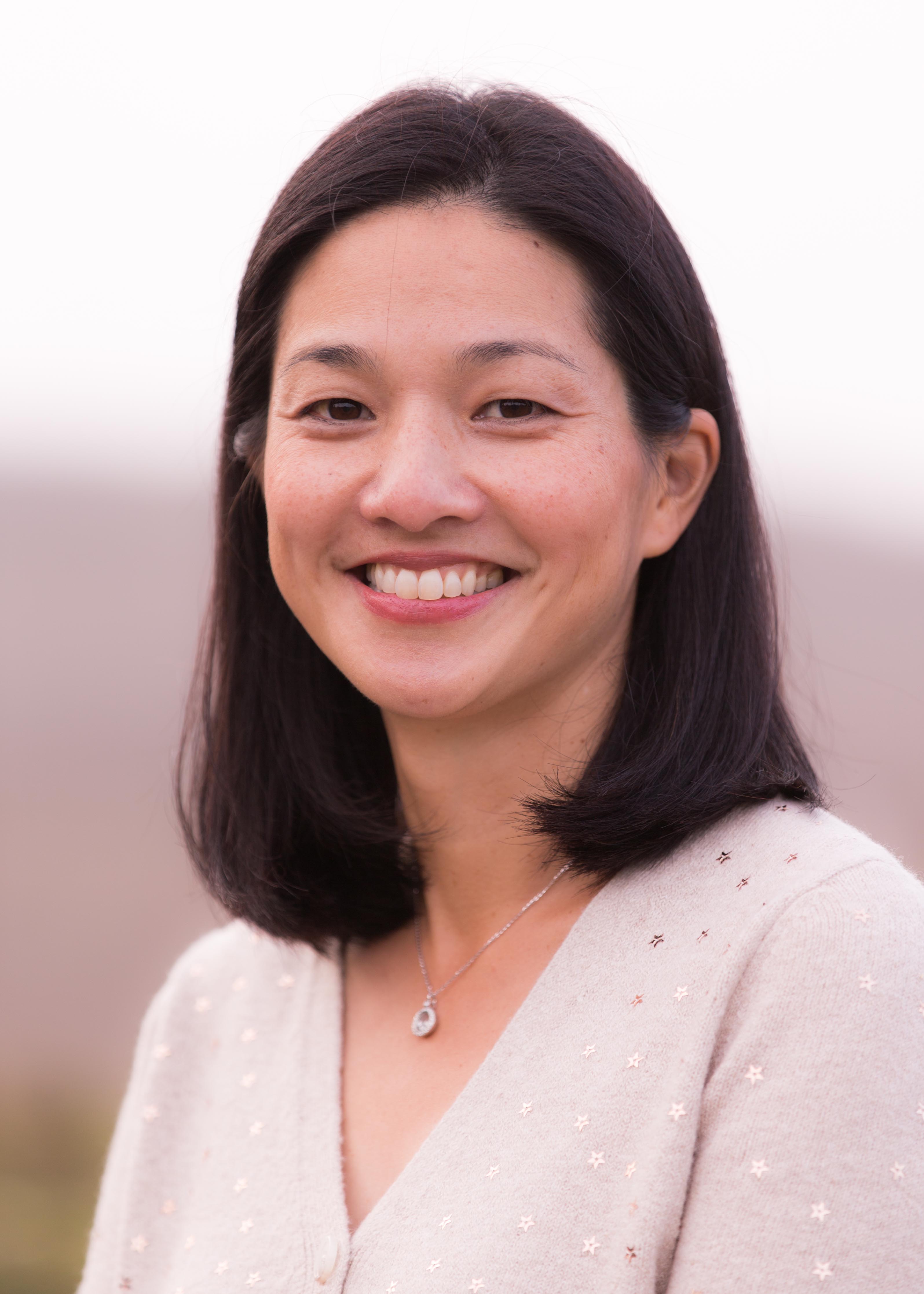Immunoengineering
Cancer Technologies
Invited Speaker
T-cell Manufacturing
Biophysical regulation of myeloid lipid accumulation in cardiovascular and neurodegenerative disease
Thursday, October 9, 2025
8:30 AM - 9:00 AM PDT
Location: Room 24B

Wendy F. Liu, PhD
Professor
University of California, Irvine
Irvine, California, United States
Invited Speaker(s)
Introduction: : Macrophages are versatile and powerful regulators of the immune system and are key regulators of homeostasis, pathogen defense, wound healing and tissue repair. They are also involved many chronic inflammatory diseases and the host response to biomaterial implants. Our laboratory previously showed that stiffness of the environment and the mechanically sensitive ion channel Piezo1 play a critical role in modulating macrophage function, providing signals that regulate inflammation and wound healing. In recent work, we examine the role of Piezo1 in macrophages during cardiovascular disease and microglia in neurodegenerative disease.
Materials and
Methods: : Macrophages were derived from Piezo1-KO-LysM or Piezo-GoF-LysM mice, and cultured with oxLDL or LDL. Lipid was measured by fluorescence microscopy or flow cytometry. Endogenous lipids were measured with BODIPY staining. Atherosclerosis studies were performed using PCSK9 and Western diet induced disease in mice. For microglia studies, BV2 murine microglia cell line or iPSC-derived microglia were used.
Results, Conclusions, and Discussions:: We observe disparate regulation of lipid accumulation by Piezo1 in these distinct, but related, myeloid cells. Given the prominent changes in mechanical cues in disease and the key role of lipids in dysfunctional myeloid states, we believe that a better understanding of Piezo1-dependent lipid regulation will be critical to advancing our understanding of these important inflammatory diseases. Continued work focuses on understanding the metabolic regulation of myeloid cells by Piezo1, with the goal of to harness the immune system to improve tissue repair and treat disease.
Acknowledgements and/or References (Optional): :
